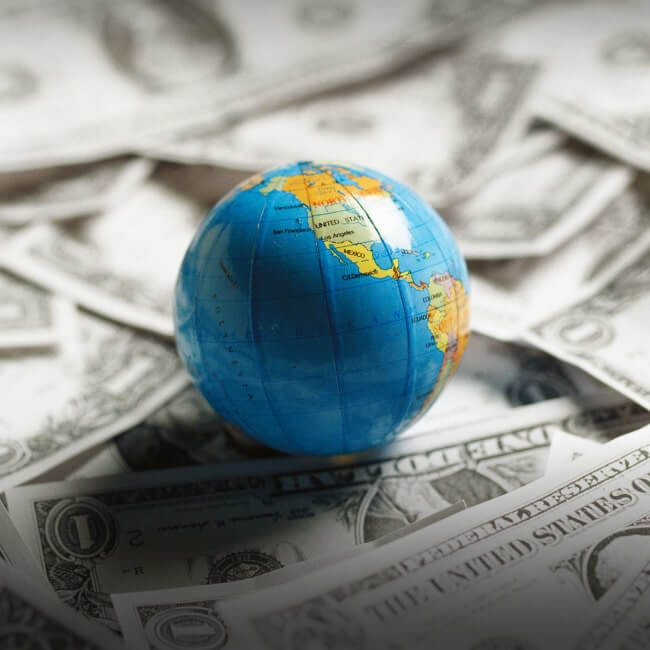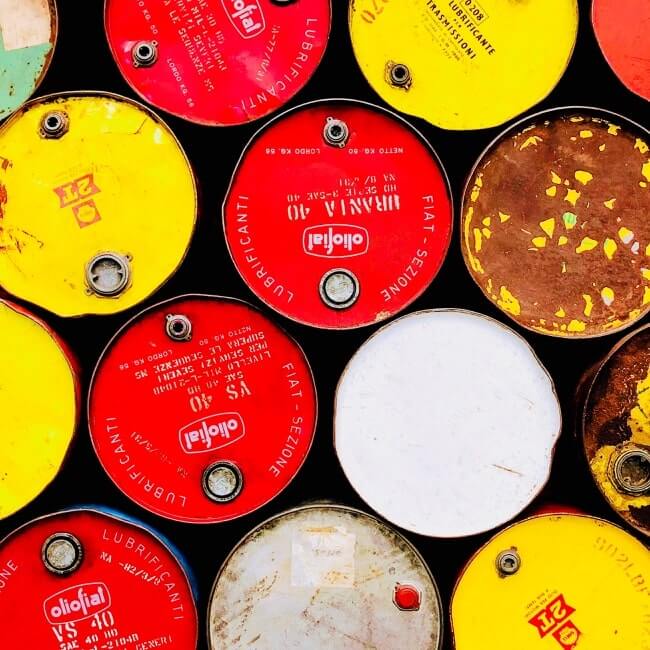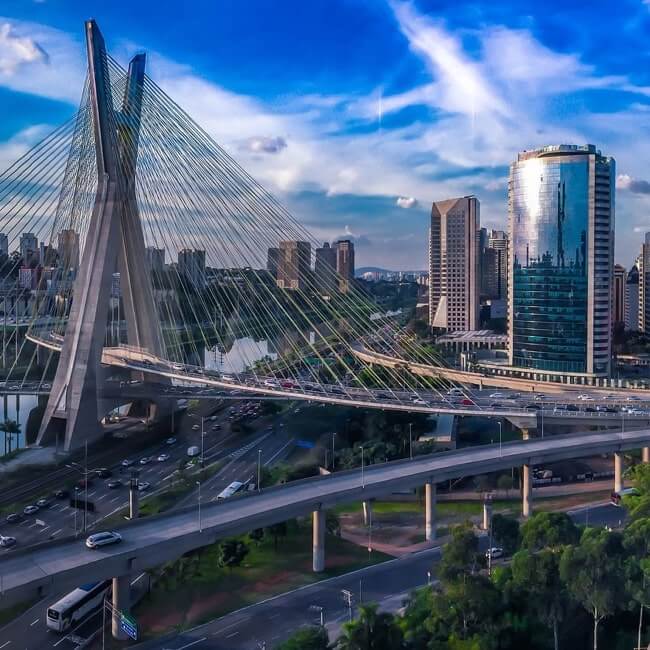Why Mexican banks worry more about inflation than elections

Mexico's general election in July remains a key element of uncertainty for the country's economic future; however, a recent analysis from S&P Global Ratings asserts that the election of a new president is unlikely to harm loan growth or asset quality at Mexican banks.
"Mexican commercial banks could face a difficult 2018, marked by the presidential election on July 1 and the ongoing North American Free Trade Agreement (Nafta) renegotiation process, both of which could cause some volatility in the Mexican economy," said S&P in a report analyzing the potential impact on banks from the election.
"The presidential election process could cause credit demand to stall, but Mexico's past two elections had little impact on domestic credit demand and GDP growth," it continued. "We believe that Mexican banks are well positioned to weather this challenging year, because of their sound [non-performing assets] NPAs reserve coverage and large capital cushion."
What's at stake
Beyond the presidential race, where veteran leftist leader Andrés Manuel López Obrador (AMLO) has a strong lead in polls, there is a great deal more at stake when Mexicans go to the polls.
At the federal level, Mexicans will elect a new president, 500 members of the lower house and 128 members to the senate, in addition to the thousands of state and municipal positions up for elections.
In total, more than 3,000 elected positions are up for grabs, making the 2018 election unprecedented in its scope and impact on Mexico's political landscape.
It bears mentioning AMLO'S Morena party is also a favorite to win the mayoral race for Mexico City in addition to a strong expected showing for local lawmakers; all of which could play a critical role with the future of the Mexico City's new international airport - a multi-billion dollar project with far-reaching investment implications, already under construction (pictured) and to which AMLO is strongly opposed.
How banks fit in
Ultimately, S&P believes that the elections could cause market uncertainty, because it is likely that investors could delay their investment decisions up until election day. Furthermore, major shifts in economic policies could be bad for banks if they hurt GDP growth or inflation targets.
The agency, however, does not see any outcome undermining credit growth in the coming months, with any slowdown in 2018 more tied to immediate concerns over which candidate wins and what economic policies they are going to push coming into office in December.
"One could argue that the main reason for [sustained credit growth through the 2006 and 2012 elections] was certainty about which candidate would win, which was true in 2012, but wasn't the case in the 2006 presidential election."
"In that election, the winner [Felipe Calderón] was elected president with less than a 1% margin of the popular vote. Nevertheless, credit in Mexico grew a staggering 20.0% during that year (9.8% year-over-year as of June 30, 2006, shortly before the election was held) despite uncertainty about whether the left or the center-right candidate would win the election."
S&P added that lending grew 12.0% and 15.4% by year-end and second quarter, respectively.
"By looking at historical credit expansion, we can conclude that in Mexico, global financial crises and global market volatility have more influence on credit growth than domestic electoral processes."
Inflation the bigger concern
"Although we think its possible that asset quality could worsen amid market volatility and the other challenges we've described [Nafta chief among them], this would occur because of the country's inflationary pressures rather than the upcoming presidential election," said S&P.
The agency noted non-performing loan ratios (NPLs) have been on a steady downward path, coming to 2.1% at year-end 2017 from 3.4% on Oct. 31, 2014 at the start of the trend. However, NPLs plus credit losses stood at 16.3% as of Dec. 31, 2017, up from 14.4% at year-end 2016.
"This increase was due to the recent rise in interest rates that has been costly for credit card customers, and due to rising inflation levels, particularly during 2017," said S&P. "Although higher interest rates have strained the credit card portfolio's asset quality, we view growing inflation as the major risk in 2018 because it reduces purchasing power, thus eroding payment and debt capacity."
A Citibanamex survey of 25 private sector analysts, released earlier this month, produced a median forecast for general annual inflation at year-end 2018 of 4.10% and a projection of 3.60% for 2019, largely near the high-end of the central bank 2-4% inflation target.
With the benchmark interest rate at a post-crisis high and Nafta's fate still unknown, key macro metrics could well fluctuate in unexpected directions in 2018.
The survey called for an additional hike of 25 basis points to 7.75% in May.
With S&P's analysis in mind, inflation will be the key metric to watch for Mexican banks, even as the election and other developments play out this year.
Subscribe to the leading business intelligence platform in Latin America with different tools for Providers, Contractors, Operators, Government, Legal, Financial and Insurance industries.
News in: Political Risk & Macro (Mexico)

HR Ratings ratified Mexico's credit rating at BBB+ with a stable outlook
• The rating agency highlighted the stable trajectory of debt as a percentage of GDP, fiscal balances in line with expectations and the positive pe...

Morena party faces criticism over amendments to Mexico's injunction law
The bill, which amends articles 129 and 148 of the injunction law, was passed with 258 votes in favor from ruling party Morena and its allies PT an...
Subscribe to Latin America’s most trusted business intelligence platform.
Other projects
Get key information on thousands of projects in Latin America, from current stage, to capex, related companies, key contacts and more.
- Project: Sumaré Data Center Expansion 4
- Current stage:

- Updated:
1 day ago
- Project: Sumaré Data Center Expansion 3
- Current stage:

- Updated:
1 day ago
- Project: El Agrito salt flat
- Current stage:

- Updated:
2 days ago
- Project: El Barril salt flat
- Current stage:

- Updated:
2 days ago
- Project: Hernandez salt flat
- Current stage:

- Updated:
2 days ago
- Project: Las Casas salt flat
- Current stage:

- Updated:
2 days ago
- Project: Chumical 1 solar park
- Current stage:

- Updated:
2 days ago
- Project: Tradição Piloto wind farm (Palmas II wind complex)
- Current stage:

- Updated:
2 days ago
- Project: Tradição wind park (Palmas II wind complex)
- Current stage:

- Updated:
2 days ago
- Project: São Francisco wind park (Palmas II wind complex)
- Current stage:

- Updated:
2 days ago
Other companies in: Political Risk & Macro (Mexico)
Get key information on thousands of companies in Latin America, from projects, to contacts, shareholders, related news and more.
- Company: Alvarez & Marsal, Sucursal México
- Company: Control Risks México S.A. de C.V. (Control Risks México)
-
The description contained in this profile was taken directly from an official source and has not been edited or modified by BNamericas researchers, but may have been automatical...



